detail profile arthur c clarke
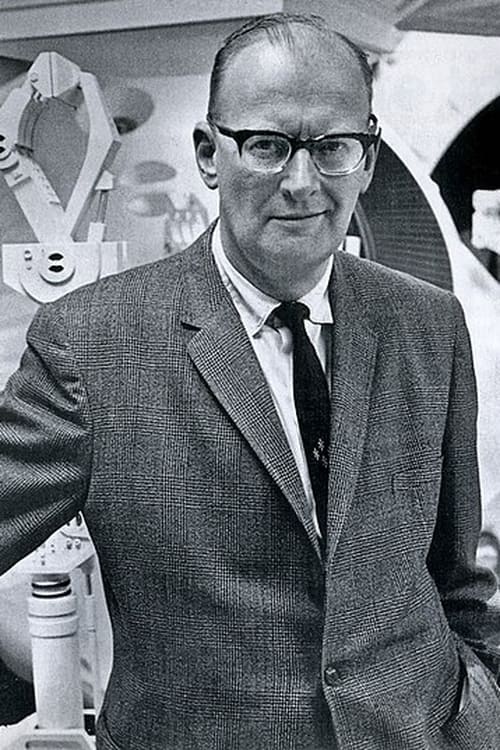
Arthur C. Clarke
アーサー・C・クラーク
atau dikenal sebagai
Riwayat Hidup
Sir Arthur Charles Clarke CBE FRAS (16 December 1917 – 19 March 2008) was an English science-fiction writer, science writer, futurist, inventor, undersea explorer, and television series host.
He co-wrote the screenplay for the 1968 film 2001: A Space Odyssey, one of the most influential films of all time.
Clarke was a science fiction writer, an avid populariser of space travel, and a futurist of a distinguished ability.
He wrote many books and many essays for popular magazines.
In 1961, he received the Kalinga Prize, a UNESCO award for popularising science.
Clarke's science and science-fiction writings earned him the moniker "Prophet of the Space Age".
His science-fiction writings in particular earned him a number of Hugo and Nebula awards, which along with a large readership, made him one of the towering figures of the genre.
For many years Clarke, Robert Heinlein, and Isaac Asimov were known as the "Big Three" of science fiction.
Clarke was a lifelong proponent of space travel.
In 1934, while still a teenager, he joined the British Interplanetary Society.
In 1945, he proposed a satellite communication system using geostationary orbits.
He was the chairman of the British Interplanetary Society from 1946–1947 and again in 1951–1953.
Clarke emigrated to Ceylon (now Sri Lanka) in 1956, to pursue his interest in scuba diving.
That year, he discovered the underwater ruins of the ancient Koneswaram Temple in Trincomalee.
Clarke augmented his popularity in the 1980s, as the host of television shows such as Arthur C.
Clarke's Mysterious World.
He lived in Sri Lanka until his death.
Clarke was appointed Commander of the Order of the British Empire (CBE) in 1989 "for services to British cultural interests in Sri Lanka".
He was knighted in 1998 and was awarded Sri Lanka's highest civil honour, Sri Lankabhimanya, in 2005.
Info Pribadi
Peran Yang Di Mainkan Arthur C. Clarke
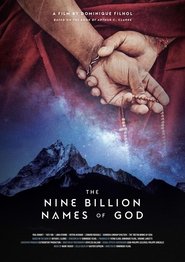 1957 New York A Tibetan monk rents...
1957 New York A Tibetan monk rents...The Nine Billion Names of God 2018
1957, New York. A Tibetan monk rents an automatic sequence computer. His goal is to list all of the names of God. Two Western engineers are hired to install and program the machine in Tibet.
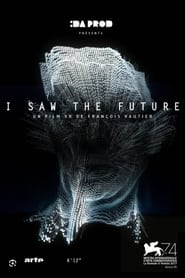 In a dark expanse that could...
In a dark expanse that could...I Saw the Future 2017
In a dark expanse that could be the cosmos, we hear the voice of Arthur C. Clarke, whose face - taken from a BBC archive dating back to the 1960s - appears in the distance. His features quickly dematerialize into a multitude of shimmering pixels, creating an enveloping and immersive space out of which the thoughts of the famed author of «2001: A Space Odyssey» emerge. At the heart of this spectral environment, and with a magnetic voice sending us back to the time of cathode ray tubes and the golden age of television broadcasting, A C. Clarke tells us about the arrival of digital revolution, decades ahead of his time. This film is an invitation to travel, and a crepuscular form of poetry to be experienced immersively.
 The concept of an elevator to...
The concept of an elevator to...Sky Line 2015
The concept of an elevator to space is not new. In the world of Arthur C. Clarke, it is a natural progression. What most people don't know is that men and women around the world are working hard to build it right this moment. Some want to solve the energy crisis, some want easier access to raw materials in the solar system, and some just want to travel to space and gaze upon their home planet. For all of them though, the elevator is more than just a science fiction plot, it is a way of life. Discover what happens when egos and passions collide in a quest to build the impossible.
 This documentary about 2001 A Space Odyssey...
This documentary about 2001 A Space Odyssey...Vision of a Future Passed: The Prophecy of 2001 2007
This documentary about "2001: A Space Odyssey" looks at some of the things that seemed fanciful in 1968, which don't seem quite as much anymore.
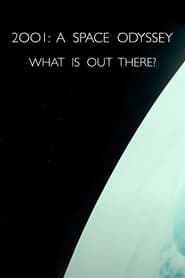 Keir Dullea interspersed with archive clips...
Keir Dullea interspersed with archive clips...'2001: A Space Odyssey' – What Is Out There? 2007
Keir Dullea, interspersed with archive clips of Arthur C. Clarke, discusses the probability of extraterrestrial life.
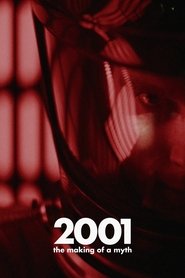 The making of Stanley Kubricks classic...
The making of Stanley Kubricks classic...2001: The Making of a Myth 2001
The making of Stanley Kubrick's classic space epic, presented by James Cameron, including unseen footage.
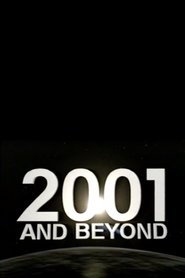 Author Arthur C Clarke and the...
Author Arthur C Clarke and the...2001 and Beyond 2001
Author Arthur C. Clarke and the cast and crew of Stanley Kubrick's 1968 masterpiece "2001: A Space Odyssey" star in this documentary, released in the film's long-anticipated title year. The origins of the production are traced as we see how the early days of the space race influenced Kubrick and Clarke's vision of a far more optimistic 21st century than we've managed to achieve - at least so far.
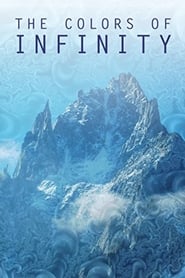 Explores the revolutionary world of Fractal...
Explores the revolutionary world of Fractal...Fractals: The Colors of Infinity 1995
Explores the revolutionary world of Fractal Geometry - its far-reaching and often unexpected implications - its powerful and revolutionary applications.
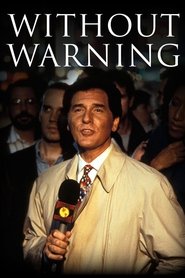 A television program is interupted by...
A television program is interupted by...Without Warning 1994
A television program is interupted by a news network announcing that three meteors have hit the United States, France and China. At first it seems natural but after interviews by scientists and eyewitness seems to suggest that it is not. Three more meteors are coming and the various Earth governments combine forces to stop them.
 After an accident during a routine...
After an accident during a routine...Trapped in Space 1994
After an accident during a routine trip to Venus, a spaceship has only enough oxygen left for three people... out of five on board.
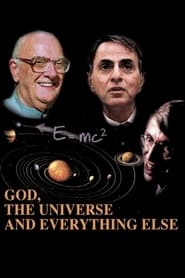 In a studio setting Stephen Hawking...
In a studio setting Stephen Hawking...God, the Universe and Everything Else 1988
In a studio setting, Stephen Hawking, Arthur C. Clarke and Carl Sagan (who joins them via satellite) discuss the Big Bang theory, God, our existence as well as the possibility of extraterrestrial life.
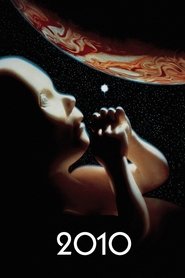 While planet Earth poises on the...
While planet Earth poises on the...2010 1984
While planet Earth poises on the brink of nuclear self-destruction, a team of Russian and American scientists aboard the Leonov hurtles to a rendezvous with the still-orbiting Discovery spacecraft and its sole known survivor, the homicidal computer HAL.
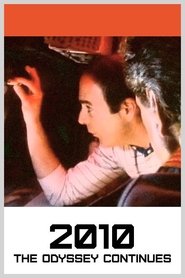 This promotional short for 2010 1984 shows moviegoers...
This promotional short for 2010 1984 shows moviegoers...2010 : The Odyssey Continues 1984
This promotional short for 2010 (1984) shows moviegoers how some of the film's visual effects were created. This includes makeup for Keir Dullea's character, how the astronauts float in space, and the construction of the spaceship in which the astronauts carry out their mission. The vehicle is so large, the two largest sound stages on the MGM lot were used to construct it.
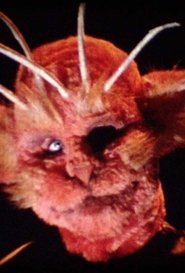 Presents a story about a spaceship...
Presents a story about a spaceship...Rescue Party 1978
Presents a story about a spaceship from the Galactic Federation which is given a mission to rescue the inhabitants of Earth before the Sun explodes.
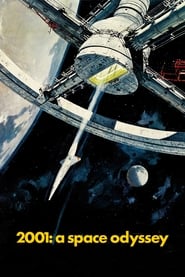 Humanity finds a mysterious object buried...
Humanity finds a mysterious object buried...2001: A Space Odyssey 1968
Humanity finds a mysterious object buried beneath the lunar surface and sets off to find its origins with the help of HAL 9000, the world's most advanced super computer.
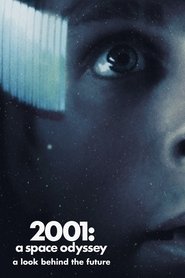 A short documentary about the making...
A short documentary about the making...2001: A Space Odyssey - A Look Behind the Future 1966
A short documentary about the making of Stanley Kubrick's 2001: A Space Odyssey and its impact on the '60s view of the future.
